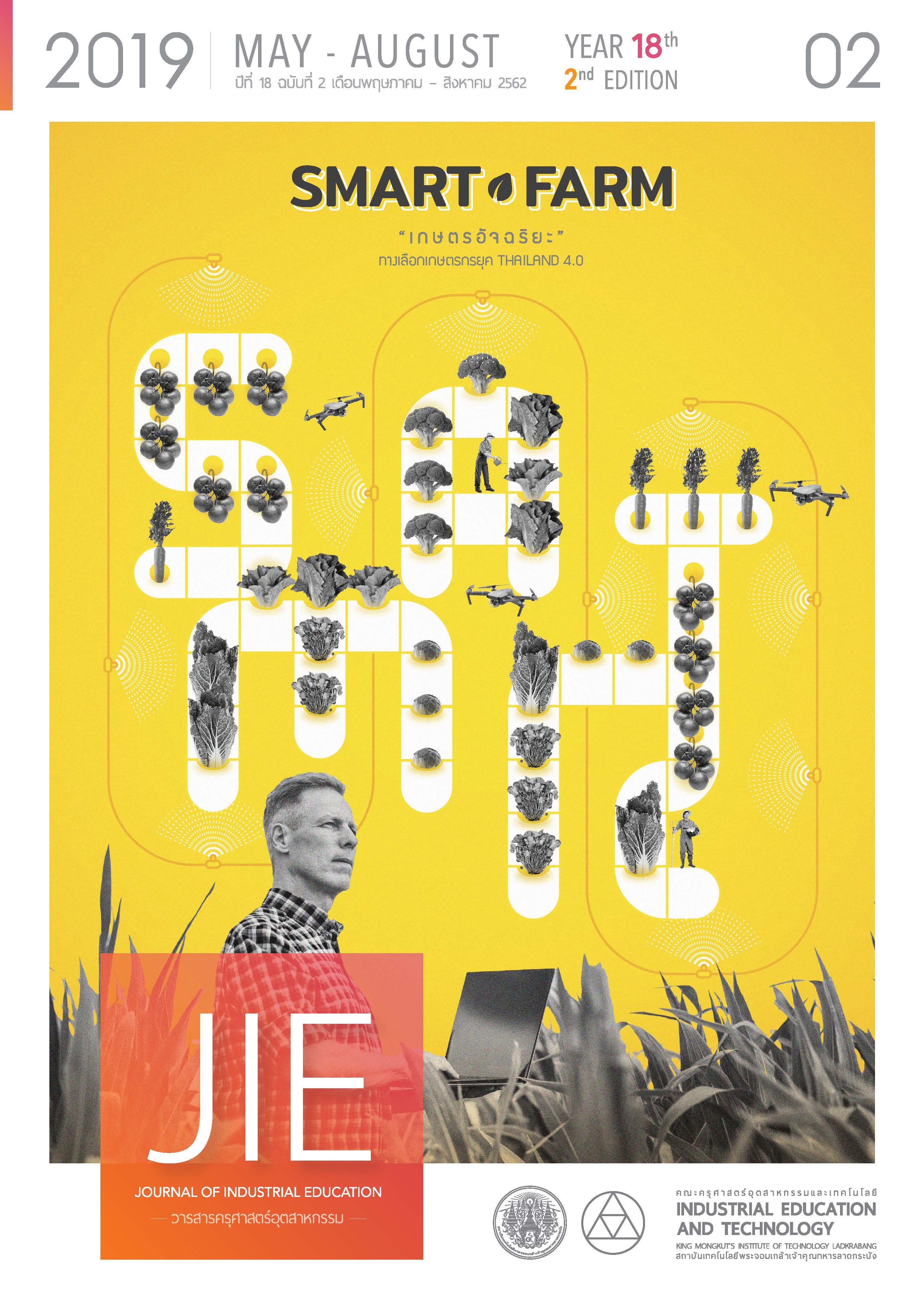LEARNING ACHIEVEMENT MATTAYOMSUKSA II STUDENTS: SOLVING RATIO AND PERCENTAGE WORD PROBLEMS BY NORMAL TEACHING TOGETHER WITH BAR MODEL METHOD
Main Article Content
Abstract
The purposes of this research was both to study the learning achievement of matthayomsuksa 2 students in solving ratio and percentage word problems by normal teaching together with Bar Model method and to evaluate learner satisfaction. The sample for the study was a class of 37 students who were using cluster sampling from 13 classes at one school in Chonburi province. The tools for data collection were seven periods on the experiment, two sub-tests, two learning achievement tests, and an evaluative questionnaire on learner satisfaction. The study was conducted over seven class periods.
The findings revealed that more than 60% of all students more than the rest of the group at the .05 level. Learner satisfaction was at a high level ( =3.82, S.D.=0.85 ).
Article Details
"The opinions and contents including the words in papers are responsibility by the authors."
"ข้อคิดเห็น เนื้อหา รวมทั้งการใช้ภาษาในบทความถือเป็นความรับผิดชอบของผู้เขียน"
References
Prapassorn Baocharee. (2011). Improving the Teaching and Learning on Ratio and Percentage by Using Laboratory Approach for Mathayom Suksa 2 Students at Lomkao Pittayakom School, Phetchabun Province. Master of Education, Graduate School, Chiangmai University.
Supakarn Sawangmuangworrakul. (2009). Diagnosis of Mathayom Suksa 2 Students’ Mathematics Learning Misconceptions in Ratio and Percentage, at Mueang Phrae School, Phrae Province. Master of Education, Graduate School, Chiangmai University.
Nattarika Poonperm. (2002). The Development of a Diagnostic Test of Mathematic on Ratio and Percentage for Mathayom Suksa 1 Students. Master of Education, Graduate School, Ubonratchathani Rajabhat University.
Prapai Daengfai. (2003). Classroom Action Research for Improving Mathayom Suksa 2 Mathematics Instruction on Ratio and Percentage at Takpittayakom School, Mueang District, Tak Province. Master of Education, Graduate School, Chiangmai University.
Krongtong Kairire. (2011). Practice model for solving problems in mathematics using bar Pratom Suksa 4. Bangkok: Ateam Business.
Kho Tek Hong. (2007). Teaching secondary school mathematics: A resource book. McGraw-Hill.
Mahoney, Kevin. (2012). Effects of Singapore’s Model Method on Elementary Student Problem Solving Performance: Single Subject Research. Citeseer.
Surut Intasang. (2015). Teaching Problem Solving By Bar Model. IPST magazine, 43(194), 27–30.
Yeap Ban Har. (2010). Bar Modeling A Problem-solving Tool from Research to Practise An Effective Singapore Math Strategy. Singapore: Marshall Cavendish Education.
Englard, Lisa. (2010). Raise the bar. Teaching children mathematics, 17(3), 156-165.
Nualuetai Lapawae. (2016). Organizing Learning Activity for Problem Solving Development by Polyas Problem Solving Processes Co-operate with Bar Model for Second Grade Students. Master of Education, Research and Education Evaluation, Chiangrai Rajabhat University.
Imron Khuankawin. (2016). Development of Problem Solving Questions of Addition, Subtraction, Multiplication and Division Instructional Package for Fourth Grade Students Using KWDL and Bar-drawing Technique. Master of Education, Graduate School, Hat Yai University.

